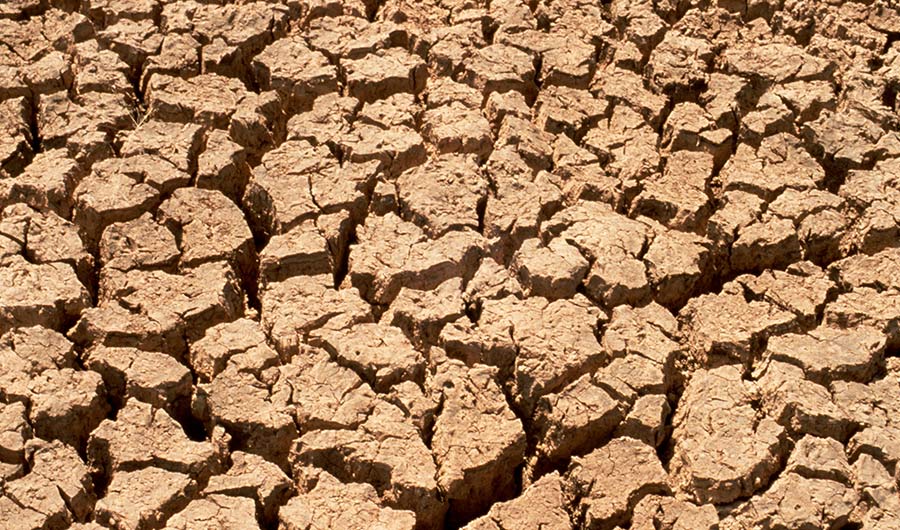History's Greatest El Niño May Have Caused Severe 19th Century Famine
(Inside Science) -- What may be the greatest El Niño ever identified may have caused record-breaking droughts that helped trigger disastrous famines, likely killing more than 50 million people globally, a new study finds. Moreover, such an extreme El Niño could repeat in the future, scientists added.
From 1876 to 1878, droughts were followed by famines in Asia, Africa and South America that in total killed up to 3 percent of the world population at the time. No deadlier environmental disaster has occurred since, said climatologist Deepti Singh at Columbia University in New York. The deaths in India from this global famine prompted Florence Nightingale in 1877 to say, "The more one hears about this famine, the more one feels that such a hideous record of human suffering and destruction the world has never seen before."
Singh first heard about this global famine from an analysis of historical records by Mike Davis at the University of California, Riverside, who suggested that an El Niño played a role in this disaster. El Niño, which means "little boy" or "the baby Jesus" in Spanish, was named by South American fishermen who noticed that the ocean would heat up around Christmastime. The abnormally warm equatorial Pacific waters of an El Niño can disrupt ocean and wind currents across the globe, wreaking havoc on the climate.
To shed light on these past famines, Singh and her colleagues analyzed four "drought atlases" based on centuries of tree ring data from around the world. The trunks of trees are divided into rings, each representing a tree's growth in a given year and serving as a record of the environmental conditions experienced in that year -- wider rings represent more rain and growth, and narrower rings, less rain and growth.
In addition, the scientists investigated global monthly rainfall levels using the Global Historical Climatology Network, which archives data for more than 20,000 stations around the planet, with some records going back more than 175 years. They also looked at estimates of global sea surface temperatures from that time, which were reconstructed from data gathered by cargo ship crews and other sources, Singh said.
The researchers found the global famine was linked with the most intense and persistent El Niño discovered yet. "Its total duration may have been 16 to 18 months," or two to three months longer than previous record-holding El Niño events, Singh said.
The El Niño apparently led to extreme droughts, some of which involved record-low rainfalls in several areas for multiple seasons. Asia, one of the worst impacted regions, experienced the most intense drought of the last 800 years, and the second-most extensive drought in terms of area during that time.
"Findings like this can really show the impacts of climate events on human life," said Catherine Pomposi, a climate scientist at the University of California, Santa Barbara, who did not take part in this research. "What's great about this study is that it looked at multiple channels of data, which provides us a bit more confidence in its findings."
Singh noted that climate was not the lone cause of the famines. "One can deal with droughts without causing famines -- political and economic factors helped translate crop failures into famines," Singh said. "But we would say that the famine was triggered by the drought."
The scientists also found that the Indian and north Atlantic oceans had record-high temperatures during this time. It remains uncertain whether it was just a coincidence that record-breaking situations happened simultaneously in the Atlantic, Pacific and Indian oceans. "A number of previous studies have related the behavior of the Indian and Atlantic oceans to El Niño, but it's not a 100 percent link," Singh said. "They could be related, but we just can't prove it."
Singh cautioned this record-breaking El Niño arose from natural conditions "that could happen any time in the future." Future research will seek to predict such events to avert similar catastrophes, "and investigate whether droughts will potentially be more severe due to warmer climates," Singh said.
The scientists detailed their findings Dec. 15 at a meeting of the American Geophysical Union in New Orleans.
Editor's note: The writer of this news story is married to Sarah Fecht, who wrote a summary of the same research for Columbia University. The pair did not collaborate on their respective pieces.


